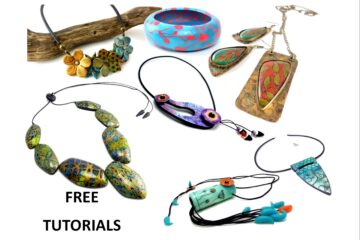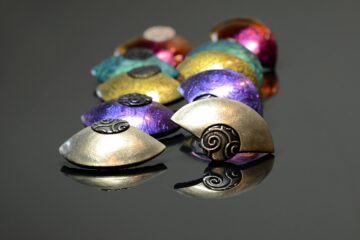THE PROCESS OF CREATING
The challenge in collaboration with Hélène Jean Claude on Facebook made me want to share here an article I wrote for the Winter 2018 issue of Polymerweek magazine (a magazine focused on polymer clay and published in English). It was about the creative process. The article was longer but I chose to share what I thought was essential. I also replaced some of the photos that were in the article with slightly more current ones.
Most people use the word inspiration to talk about the creative process.
Inspiration is something that happens suddenly and imposes itself totally to the artist. Inspiration often looks like an illumination, as if a higher force intervened and leads to a higher artwork that completely surpasses the others. Inspiration then gives masterpieces that survive their author through the centuries.
The process of creation may be more personal, related to the experience and history of the artist himself, his character, his efforts and the society in which he evolves.
When I progress in a project, I often ask myself the same question: What is my initial idea? What preceded? Why am I moving in this direction?
I have not always had this questioning but I was hit by accusations a few years ago and I needed to analyse my creative process. At first this was a research related to the worry of being hurt again. Over the years, it has become a habit that helps me to see my evolution. It allows me to move forward and improve..
The creative process is powered by several elements:
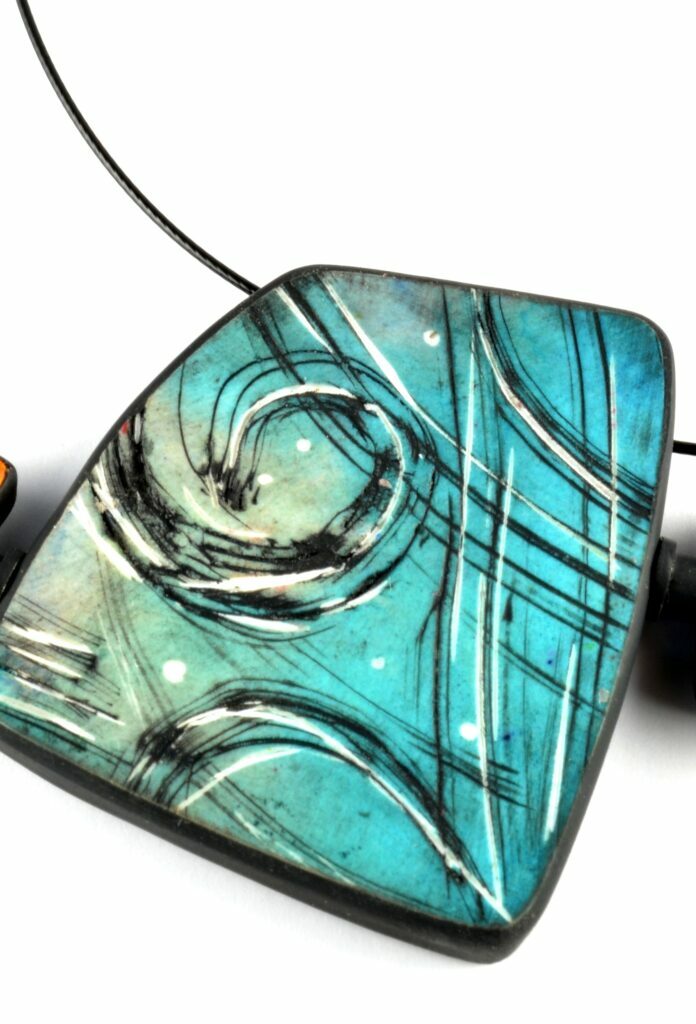
Our emotions
Our emotions influence our creativity:
Most often positively: the decor used on my twist jewelry is born under the influence of anger.
I found this effect interesting because it was quite far from what I usually did. It allowed me to go in a direction that I would not have taken if I had experienced another emotion at that time.
But sometimes our emotions slow down our creativity. I think of an emotion such as fear. The fear of not being renewed, the fear of the glance of those close to us or of our colleagues on our work are powerful brakes.
Our entourage and his perspective on our work
The look of our relatives influences our creative process. The discussions, the exchanges, the positive or negative criticisms allow to have an external look, a fresh perspective on our work.
In my family, except me, women wear fine and discreet jewelry. Despite the fact that I desire to have important self-expression area (big jewelry), their tastes influence me to reduce (a little) my pieces. My first will is to create jewelry that I could wear but also that women in my family might want to wear.
Our personality
An artist will orient his creativity according to his interests: this can be guided by a style, a universe: some artists only create jewels of ethnic types, others gothic jewels … others finally base all their research to translate their dream world.
I believe that my creative process is fed by my interest in mechanical technology. Which leads me to look for making jewelry with multiple functions (like reversible necklaces)
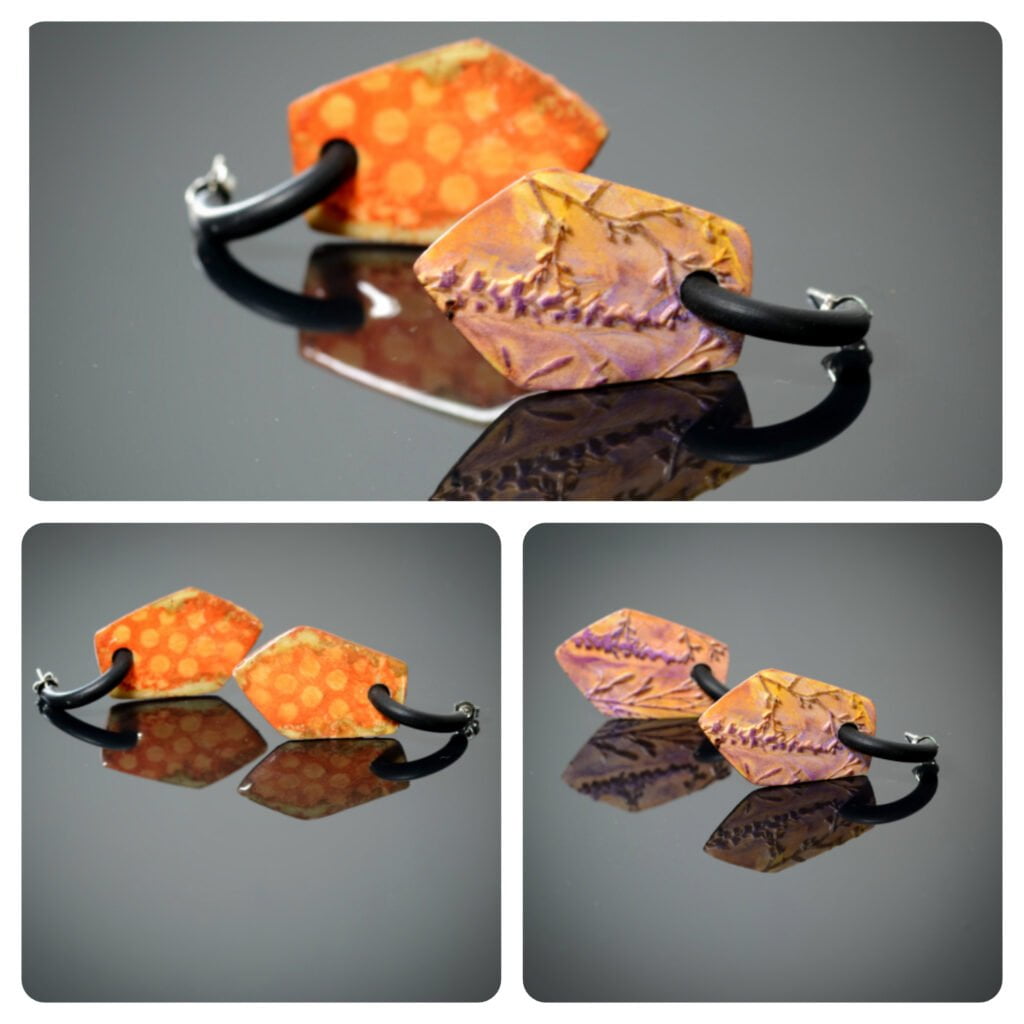
Society, fashion, “spirit of the times”, what we see what we read
The magazines that we flip through at the doctor’s or hairdresser’s, FB publications, shop windows, shares on Pinterest, Instagram … most often influence us without our noticing it.
At the moment there is a trend on many Instagram accounts for earrings that are quite large but relatively simple in terms of decoration. This fashion will inevitably influence our work in one way or another: either our creativity follows the current trend and we create simpler, more sober earrings or our creativity goes against the current and we confirm our different style even more.
The knowledge of the material we work
The growing knowledge of the material that I work, the experience I have gained over the years allows me to consider an obstacle differently.
The solutions I would have considered 5 or 10 years ago are no longer the same as those that come to mind now.
A few tips
You have to train your creativity.
First, it’s important to tell yourself that the creative process is not something fast. There is the process on a specific idea that can take several weeks or months to mature. And then there is the process of general creation that evolves over several years. There is no point in forcing it. Sometimes nothing changes. Ideas do not come into mind.
I make a point of writing down my ideas with dates and directions I want to take. I scribble mostly forms, or ideas of mounting. It does not look like anything presentable but seeing my sketch later I find (not always) my first idea. I do not use most of my sketches but I flip from time to time and sometimes it reactivates a desire or it triggers another idea.
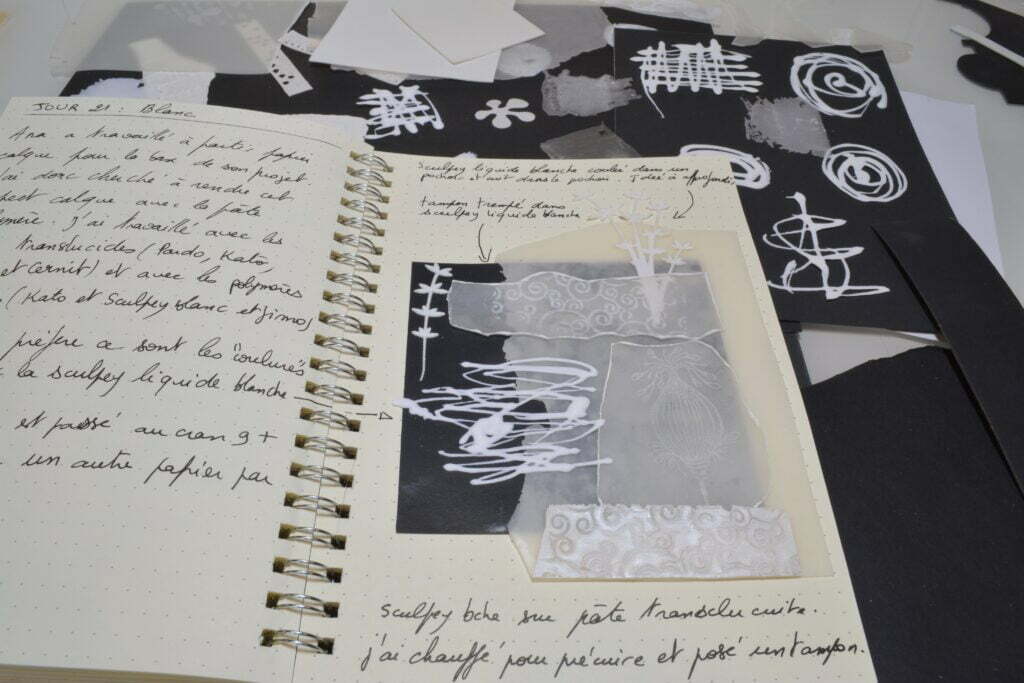
Setting your own challenges helps a lot to evolve. You don’t need huge challenges to start: Can I make my pieces smaller and still be strong? Am I able to reproduce exactly this shade?
A challenge with many people is also very stimulating as you gain the opportunity to discuss and share your progress and way of seeing things.
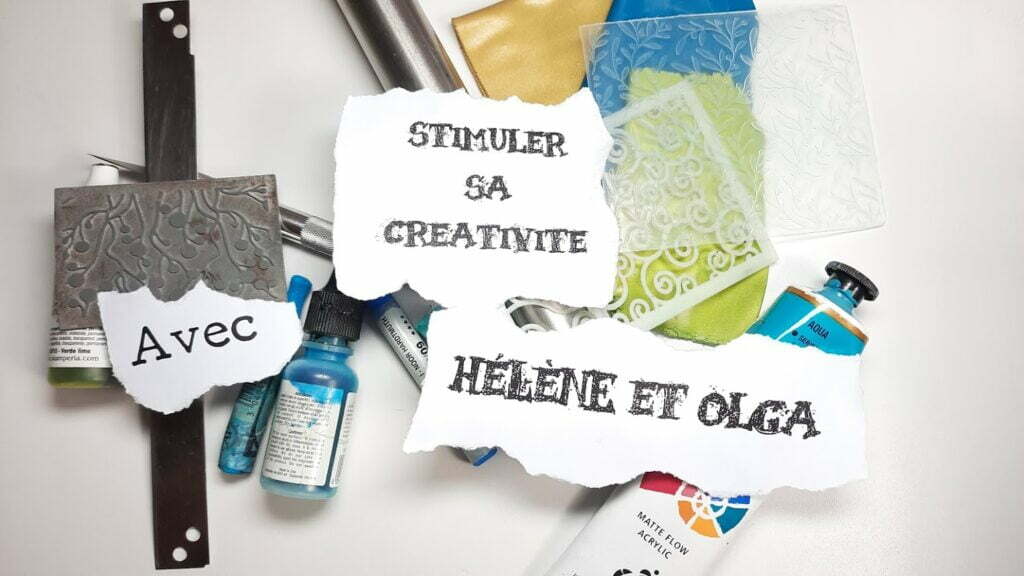
Be attentive to what surrounds you and think about what motivates you. Knowing your creative process allows you to put into perspective the moments of doubt and the periods when you’re doing nothing new.
But most importantly: have confidence in yourself. Believe in yourself and never forget to do things with pleasure.
